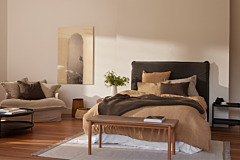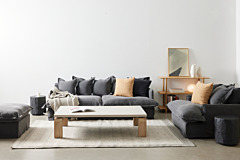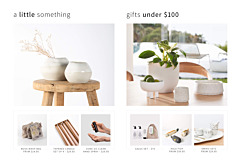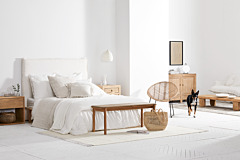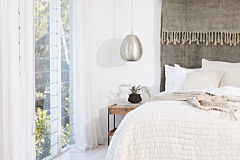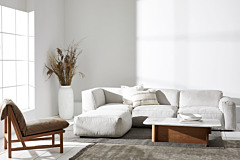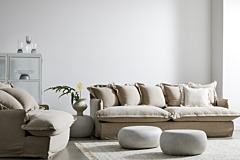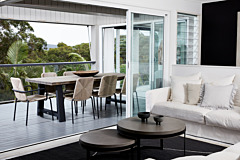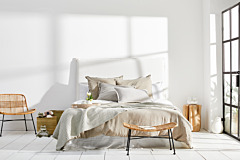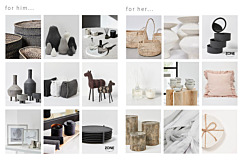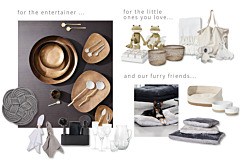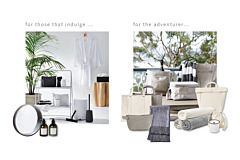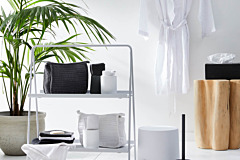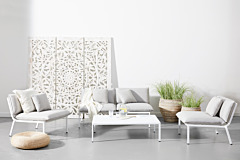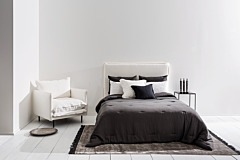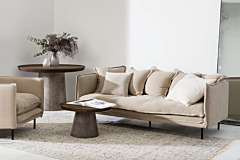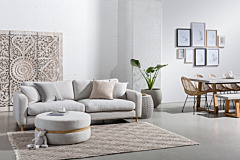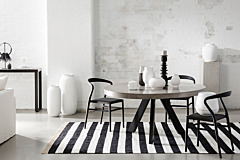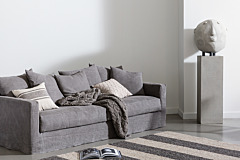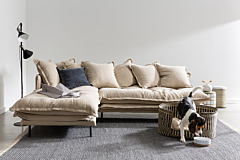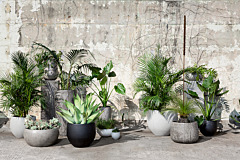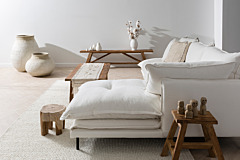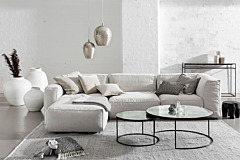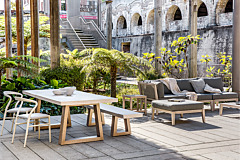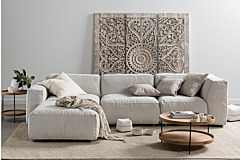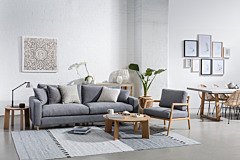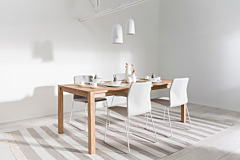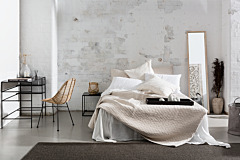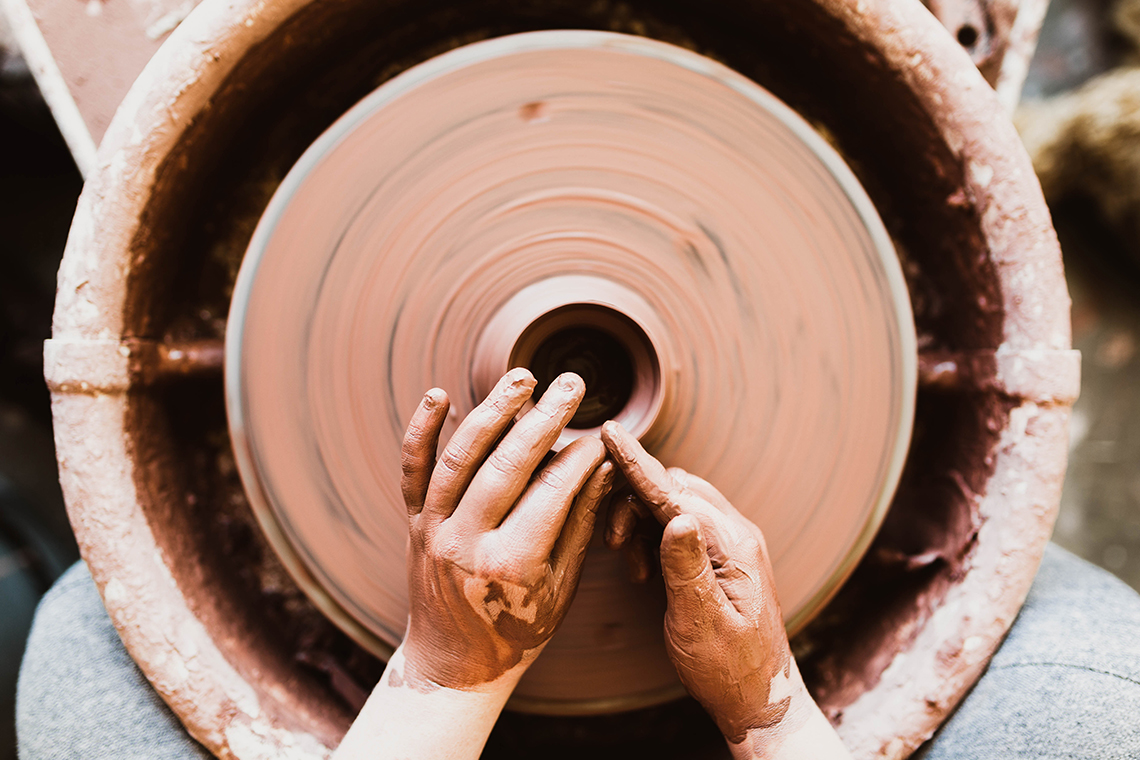
The definition of sustainability is the study of how natural systems function, remain diverse and produce everything it needs for the ecology to remain in balance, how we might maintain this ecological balance from a homeware perspective, raises some obvious considerations.
We may actively seek out furniture and decor made from the rawest or most natural materials, where the production process has caused as little harm to the environment as possible. This may be choosing natural over artificial dyes, sun-drying over a manufactured drying processes, natural over synthetic fabrics, recycled packaging and shortest supply chains - all considerations we are proud to champion in our Papaya products.
However the concept of living a sustainable life goes much deeper than materials used; it involves a behavioural and psychological shift in how we view our possessions, particularly their functionality and integrity. It means thinking beyond the traditional buzzwords synonymous with sustainability, words like reducing carbon footprint, renewable energy sources and recycling household waste, and viewing the sustainable lifestyle from an entirely new perspective.
After decades of glorified consumerism, the art of minimalism and living simply has come en vogue through the popularity of activists such as The Minimalists - who teach us how to live meaningful lives with less.
Although the sentiment is motivating for many of us, applying this philosophy to real life becomes difficult when we factor in our growing families, larger houses and the over-abundance of retail choice. But from a Papaya perspective, the ideal of living sustainably isn’t necessarily about less is more, but instead increasing the value of each possession through quality, longevity and emotional connection.
Professor of sustainable design at Brighton University, Jonathan Chapman, coined the phrase “emotional durable design” in his 2005 book Emotionally Durable Design: Objects, Experiences and Empathy. In it, he asked professionals, students and academics to design items for consumers to cherish and keep, rather than throw away, stressing the importance to "dematerialise and to use less".
Chapman discusses the need to educate people, not that a product can be bought and kept for 20 years, but to encourage them to want to keep it.
Designing your home in a way that enables you to live sustainably means recognising and embracing simplicity as a style choice. The greater majority of our furniture and decor elements should form a blank canvas and complementary backdrop for the minority of key, accent pieces which hold meaning and integrity. This creates a holistic aesthetic and a space with a story to tell.
Natural materials such as concrete, wood, bamboo lend themselves to handcrafted into artisanal design, resulting in an end product with meaning and communicating the tradition of the people and the place it was made. These are not throw-away items, but instead bought with the view that they will be kept and treasured.
In this way it’s the people and things we love that makes a sustainable life, and this is the Papaya definition of ecological balance found in true sustainability.
